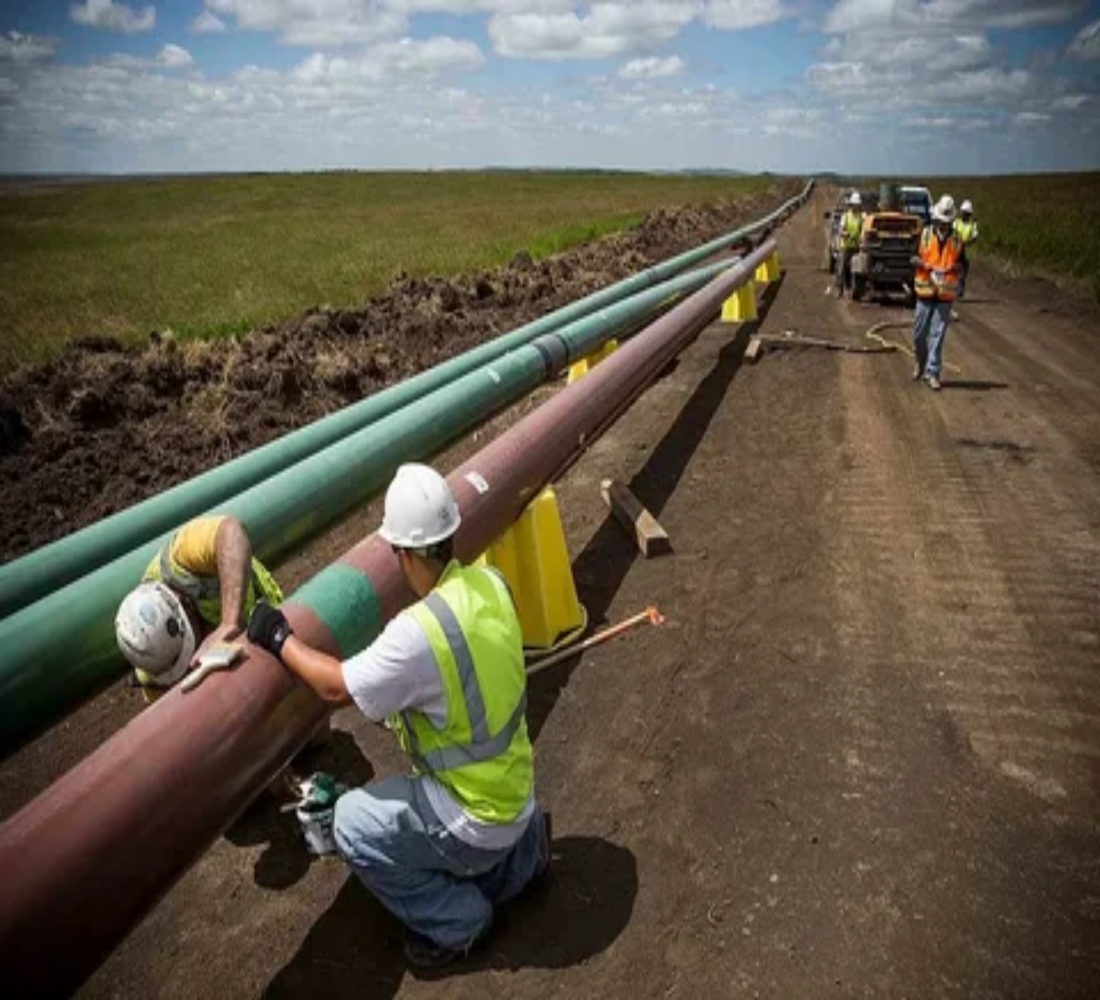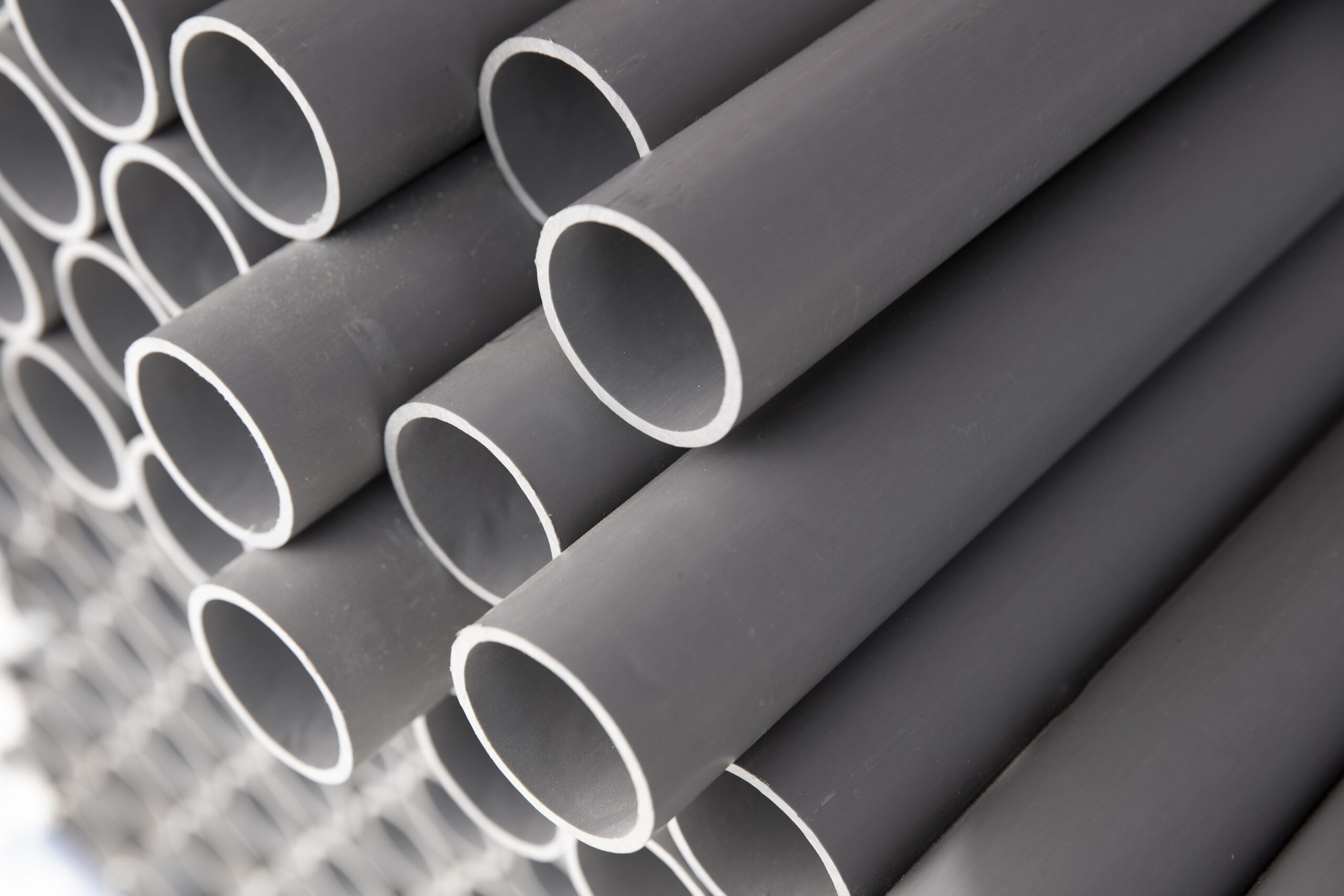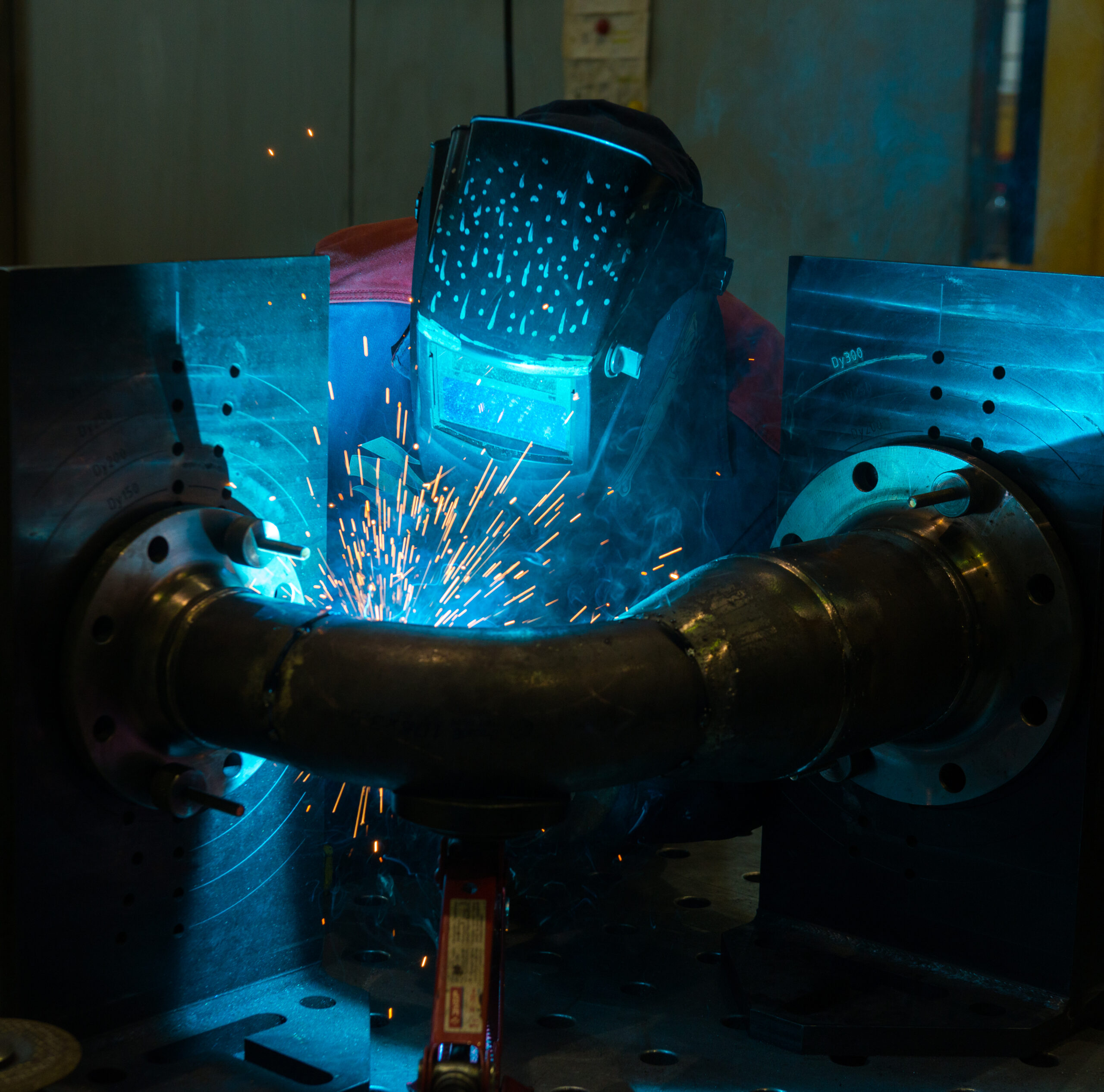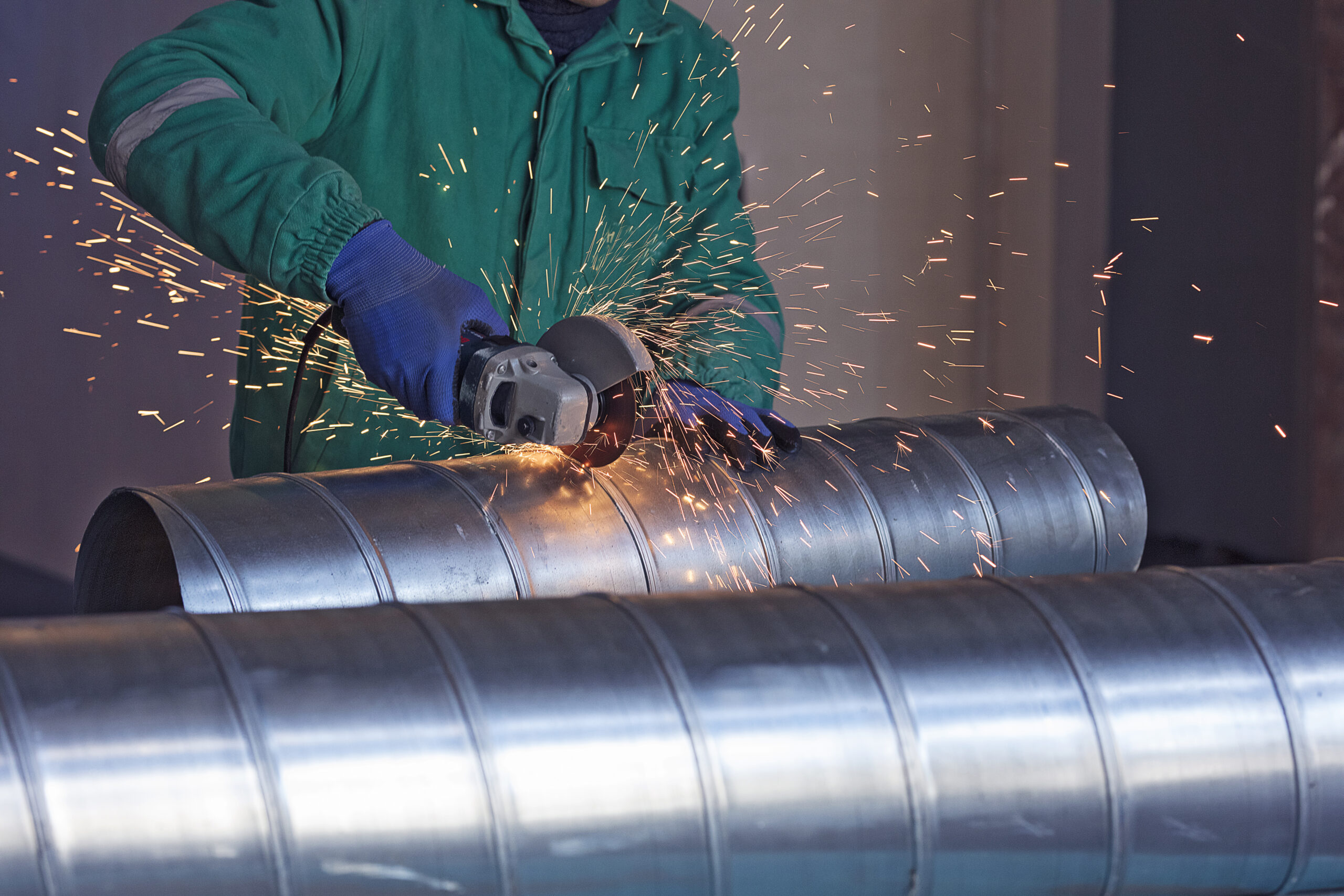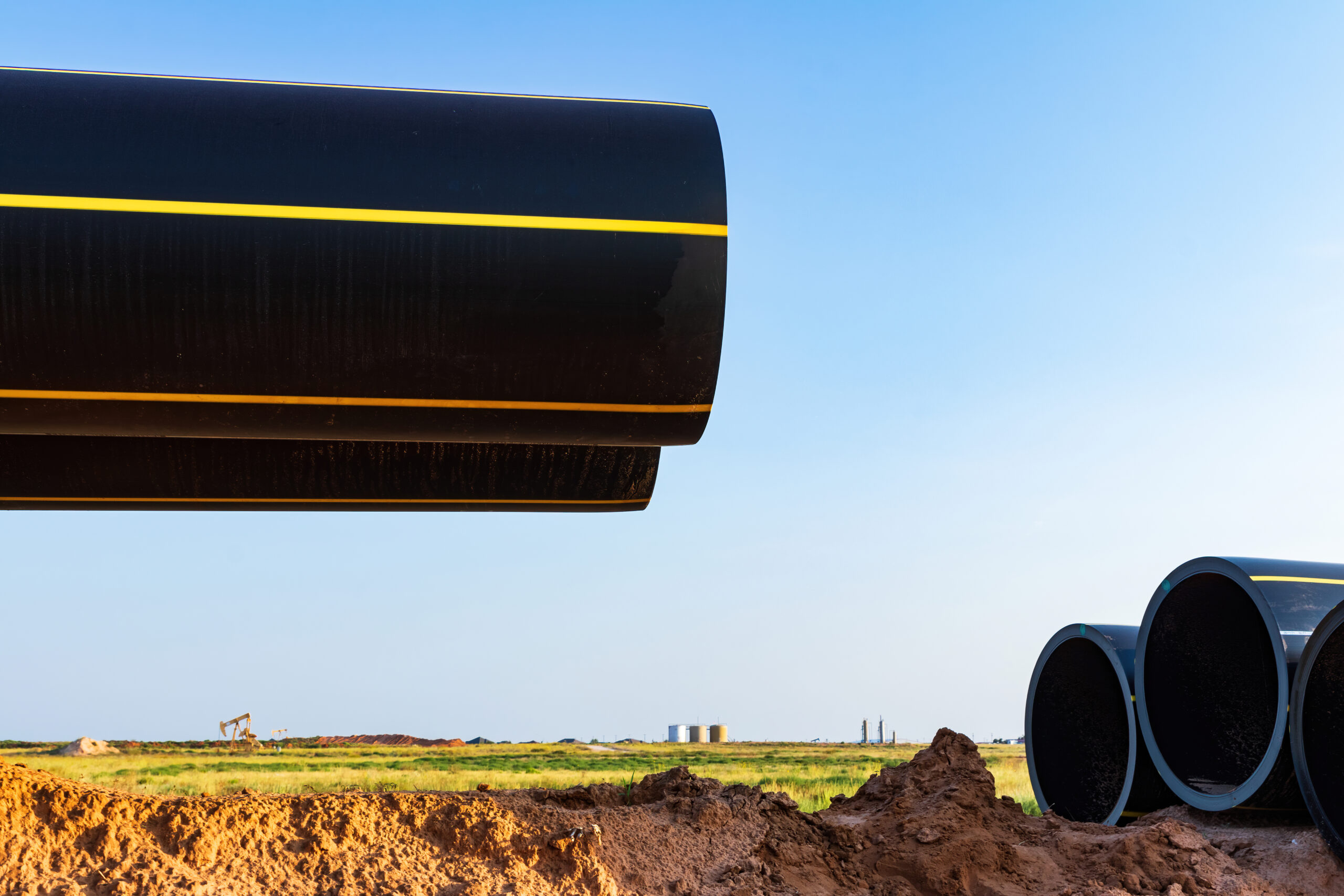A thermoplastic pipe system has proven to be a great success for gas distribution. For low-pressure gas systems up to 10 bar, the thermoplastic materials, especially polyethylene, have become the first choice due to their pipeline corrosion resistance and reliability.
The development of new materials alone is unlikely to result in any significant improvement in pressure rating. To meet specific application requirements and increase pressure ratings, producers are now focusing on multilayer and composite pipe constructions.
Several industries will benefit from our blog’s case studies and examples of successful thermoplastic pipe liner projects. We’ll also throw light on the future of thermoplastic pipe liners.
Additionally, we suggest reading out “Industry Regulations and Standards for Thermoplastic Pipe Liner”
Covid-19 And The Thermoplastic Pipe Market
There has been slow growth in the global thermoplastic pipe market due to Coronavirus. Various industries were shut down around the world due to the effects of the pandemic and its spread. Supply chains have also declined as a result of restrictions on city-to-city travel and logistics.
Oil and gas are transported to end users using thermoplastic pipes. The pipes are used to transport water to the water treatment plants, so they are an integral part of the plant. Due to the frequent lockdowns, the water treatment plants were unable to operate, which resulted in low demand for crude oil. As a result, the global thermoplastic pipe market did not grow as expected.
Current Market Dynamics
A variety of tubes and pipes are manufactured using steel in the oil & gas industry. Steel remains the dominant material in onshore industries, such as coiled tubing and flow lines. It should be noted, however, that thermoplastic composites are primarily used in offshore applications, such as chemical injection pipes and risers.
Due to its wear and corrosion resistance, stiffness, and strength, it is highly effective for underwater applications due to changes in temperature and deformation caused by stress.
Due to the increasing importance of deep and ultra-deepwater oil & gas production and exploration activities, offshore drilling and production activities are expected to grow faster in the next five years than onshore activities.
Thus, the oil & gas industry’s thermoplastic pipe market is likely to be driven by thermoplastic composites’ use in offshore products, such as flow lines, umbilicals, and risers.
Restraining Factors
Inherently, thermodynamic pipes are susceptible to damage from creep, fatigue, permeation, and processing defects. As the loading duration increases, its mechanical properties become less resistant to fracture, which can hamper the growth of the thermoplastic pipe market.
The thermostatic pipe can also acquire a static charge due to friction due to the good insulating properties of plastics. When the line is stored, shipped, or installed, friction can occur. The pneumatic transport of dry materials or gas containing dust or scale can also pose a safety concern because of the possibility of combustible gases leaking into an explosive atmosphere.
Static electric discharges can be minimized by applying a film of electrically conductive liquid, such as water, to maintain a conductive path to the earth’s ground.
Driving Factors
Historically, thermoplastic pipes have been used for hydrocarbons and gas gathering and are becoming more popular in the oil and gas industry as a cheaper alternative. Plastic pipe plays a major role in the oil and gas industry because it connects wells to production facilities.
Low- and medium-pressure oil and gas applications commonly use thermoplastic pipes, which are flexible, lightweight, and corrosion-resistant. Due to this, companies have been able to cut down the cost, which has enabled them to develop and deploy these pipes quickly to overcome the inherent limitations of steel pipes.
Increasingly, thermoplastic pipes are being used for chemical injection, decommissioning, and intervention activities offshore.
Future Development of Plastics Systems
Gas engineers have reached the limit of monolayer thermoplastic piping systems, which provide all the requirements for low-pressure gas distribution systems with an asset with a low whole-life cost.
Future development may result in increased jointing productivity, the completion of low-cost installation techniques, and the availability of larger-diameter pipes and fittings. In any case, material development will probably not be able to result in significant improvements in pressure ratings.
Polyethylene pipes have not yet been commercially adapted from the technology used for increasing the rating of PVC water pipes. To satisfy specific application requirements and to increase pressure rating, multilayer, and composite pipe constructions will likely be developed in the future.
Thermoplastic Pipe Market Segmentation
By Application Analysis
Based on application analysis, the market is divided into oil & gas, water & wastewater, mining & dredging, and utilities & renewables. Since petroleum and natural gases are transported using pipes, the oil & gas segment dominates the market.
Oil and gas operators and engineers are more and more interested in advanced products like reinforced thermoplastic pipes (RTP) that can withstand extreme conditions.
By Polymer Type
A variety of PE pipes are available on the market, including HDPE (high-density polyethylene tubes) and PEX (crosslinked polyethylene tubes). Polyethylene’s crosslinked structure enhances its toughness and temperature resistance.
In this way, content can be specified to withstand harsh conditions at both low and high temperatures. Polyethylene (PE)’s lightweight, flexible, and easy-to-weld properties are expected to boost its demand in thermoplastic pipes.
By Region
It also provides a detailed analysis of the country as well as a detailed analysis of the region. The Thermoplastic Pipe Market research report includes a detailed analysis of the regions and also a detailed analysis of the country.
A forecast analysis is also provided for the following countries and regions in the market value report. North America, Asia-Pacific, Europe, Latin America, and Middle East, and Africa are covered in the Global Thermoplastic Pipe Market report.
FAQs
Which thermoplastic is most commonly used for piping systems?
ABS is a cost-effective engineering plastic that is very popular. The high impact strength and rigidity of this material make it an ideal material for making pipes.
Which thermoplastic is the most durable?
Thermoplastic HDPE is a durable, versatile material with outstanding impact resistance and tensile strength. Its molecules are packed so tightly that HDPE boasts incredible toughness and rigidity. In addition to its chemical resistance, HDPE has abrasion resistance, corrosion resistance, and absorption resistance.
Is PVC a thermoplastic material?
The reason “Polyvinyl Chloride” is considered a thermoplastic (in contrast to a thermoset material) is its response to heat.
How long does thermoplastic last?
In durable applications, thermoplastics have a life expectancy of about 10 to 50 and even 100 years.
Conclusion
Thermoplastic is one of the best option that you can choose for your pipeline system. The main reason behind this is corrosion resistance and durability. This is one of the most reliable pipeline system you can choose from. We’ve discussed some case studies and examples of successful thermoplastic pipe liner projects. We hope you may like it!

